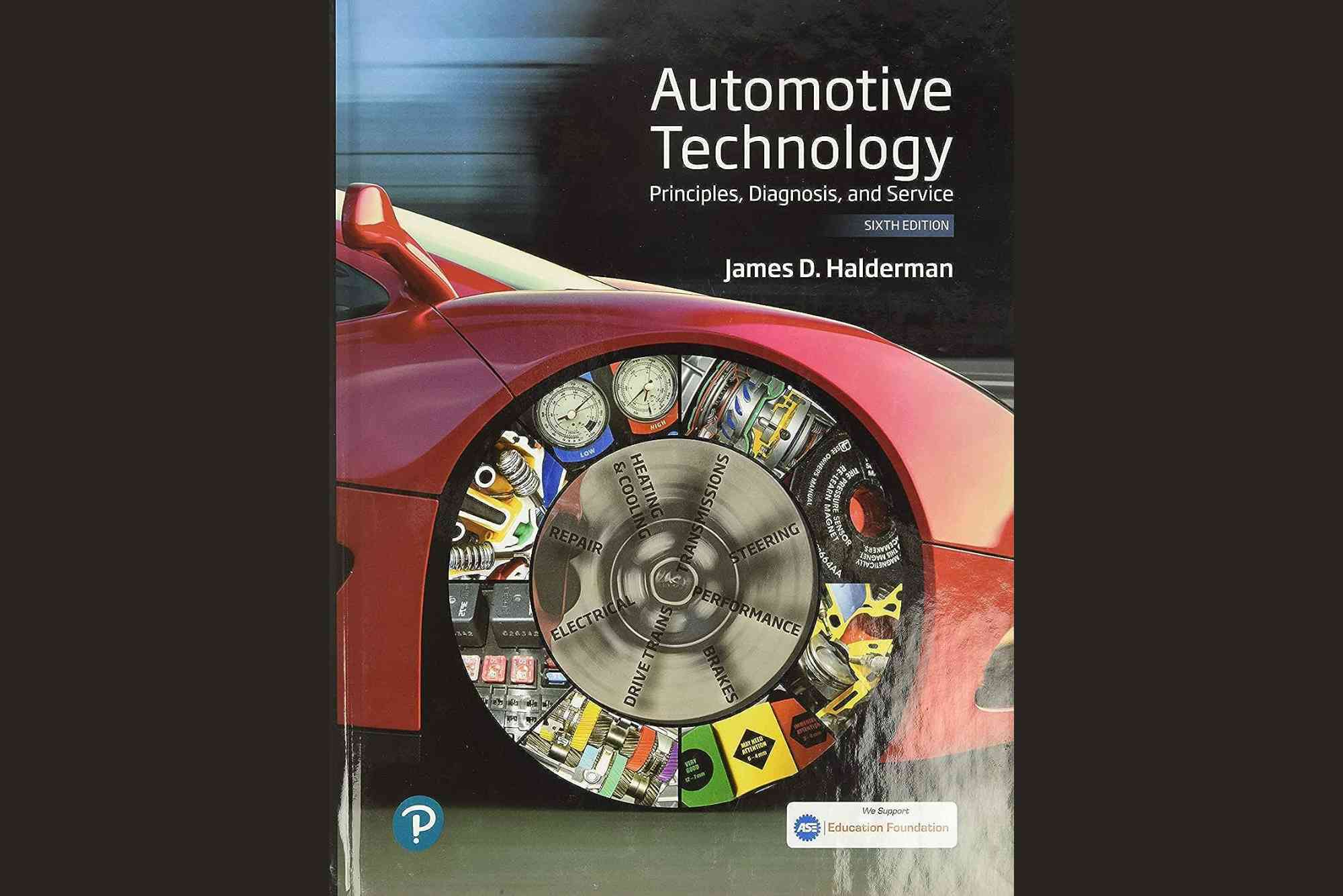Automotive Technology: Principles of Diagnosis and Service Explained
The world of vehicles is changing rapidly, and so is the way we maintain and repair them. Understanding automotive technology principles diagnosis and service is essential for technicians, enthusiasts, and even everyday drivers. From computerized diagnostics to preventive maintenance, knowing how systems work and how to service them ensures reliability, safety, and efficiency.
In this comprehensive guide, we will explore the foundations of automotive technology, the methods of diagnosis, and the essential service practices that keep modern vehicles running smoothly.
Introduction to Automotive Technology Principles
Automotive technology is the study and application of how vehicles operate. It covers mechanical systems, electrical systems, electronics, and computer-based diagnostics. The principles of diagnosis and service help technicians identify problems accurately and apply solutions efficiently.
With cars now relying heavily on advanced electronics and sensors, diagnosis has shifted from trial-and-error to data-driven analysis. These principles ensure not only effective repair but also preventive care.
Core Principles of Diagnosis in Automotive Technology
Accurate diagnosis is the foundation of successful service. Technicians follow structured principles to identify faults quickly and reduce unnecessary part replacements.
Systematic Approach to Vehicle Diagnosis
A systematic approach helps avoid guesswork. Technicians start with symptom identification, gather vehicle history, and use diagnostic tools. This structured process saves time and improves accuracy.
Use of Onboard Diagnostics (OBD-II)
Modern cars come equipped with OBD-II systems. These onboard computers monitor performance and trigger error codes when something goes wrong. Reading and interpreting these codes is a crucial diagnostic step.
Visual and Physical Inspection
Even with advanced technology, traditional inspection remains vital. Looking for leaks, listening for unusual sounds, or checking for vibrations often provides the first clues about a problem.
Data Analysis and Testing
Technicians use scan tools, oscilloscopes, and multimeters to analyze sensor data. Comparing real-time data with manufacturer specifications ensures precise fault identification.
Principles of Service in Automotive Technology
Diagnosis alone is not enough. The second part of automotive technology principles diagnosis and service is applying correct service methods.
Preventive Maintenance
Regular oil changes, brake inspections, tire rotations, and fluid checks prevent costly breakdowns. Preventive service is cheaper than corrective repairs and improves vehicle lifespan.
Corrective Repairs
When faults are found, corrective action must follow. Repairs may include part replacement, system recalibration, or reprogramming electronic modules.
Safety Considerations
Service principles always include safety. Disconnecting the battery, using protective gear, and following manufacturer guidelines protect technicians and vehicles.
Service Documentation
Recording completed work, parts replaced, and service intervals ensures accountability and helps in future diagnostics.
Essential Diagnostic Tools and Equipment
Modern service relies on advanced tools. Technicians need both traditional hand tools and specialized equipment.
Scan Tools and Code Readers
These devices connect to the OBD-II port and provide error codes along with live data readings.
Multimeters and Oscilloscopes
Used for measuring voltage, resistance, and signal waveforms, these tools help pinpoint electrical faults.
Compression and Leak-Down Testers
These tools assess engine health by measuring cylinder pressure.
Smoke Machines
Useful for finding leaks in intake or exhaust systems, smoke testing is a common diagnostic method.
Common Diagnostic Challenges and Solutions
Even with tools and training, diagnosis can be complex.
Intermittent Faults
Some problems occur randomly, making them hard to catch. Using data loggers helps capture these irregular issues.
Multiple Error Codes
Modern vehicles often display multiple fault codes at once. Skilled technicians must identify root causes rather than just replacing parts.
Misdiagnosis Risk
Without following structured principles, there is a risk of unnecessary repairs. Proper training and adherence to procedures reduce errors.
Modern Trends in Automotive Diagnosis and Service
Automotive technology evolves continuously. Staying updated is key to accurate service.
Advanced Driver Assistance Systems (ADAS)
Calibration of cameras and sensors for lane assist, adaptive cruise control, and collision avoidance requires specialized diagnostic methods.
Hybrid and Electric Vehicles
High-voltage systems demand unique service approaches. Diagnosis often includes battery health monitoring and inverter testing.
Remote Diagnostics
Some manufacturers now offer remote fault detection. Vehicles send data directly to service centers, enabling faster response.
Artificial Intelligence in Diagnostics
AI-powered tools analyze patterns across millions of vehicles, suggesting possible solutions faster than manual methods.
Best Practices for Applying Principles of Diagnosis and Service
To ensure effective outcomes, technicians follow best practices.
Follow Manufacturer Guidelines
Each vehicle brand provides detailed diagnostic and service procedures. Following these ensures accuracy and warranty compliance.
Keep Up with Training
Continuous learning is vital. Workshops and online courses help technicians stay updated with evolving technology.
Maintain a Clean Work Environment
Clean tools, organized workshops, and proper lighting reduce mistakes during service.
Communicate with Customers
Explaining diagnostic results and service plans builds trust and ensures customer satisfaction.
FAQs on Automotive Technology Principles Diagnosis and Service
What are the basic principles of automotive diagnosis?
The basics include gathering vehicle history, inspecting components, scanning for error codes, and testing against manufacturer specifications.
Why is preventive maintenance important in automotive service?
Preventive maintenance reduces the risk of breakdowns, saves money, and extends the vehicle’s lifespan.
What tools are essential for modern automotive diagnosis?
Essential tools include OBD-II scanners, multimeters, oscilloscopes, compression testers, and smoke machines.
How do hybrid and electric vehicles affect service principles?
They require special training and tools, focusing on high-voltage systems, battery diagnostics, and electrical safety.
Can AI replace human automotive technicians?
AI supports diagnostics but cannot replace human judgment. Technicians interpret data, apply experience, and ensure safe repairs.
Applying Automotive Technology Principles
Understanding automotive technology principles diagnosis and service is no longer optional. With vehicles becoming more complex, accurate diagnosis and proper service methods are essential for safety, performance, and reliability.
Whether you are a technician, student, or car owner, applying these principles improves outcomes and prevents costly mistakes. For those working in repair shops, adopting modern tools and continuous learning ensures long-term success in the automotive industry.



